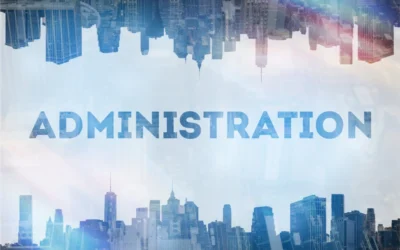What Are Forfeitures?
Forfeitures are non-vested employer contributions in Defined Contribution Plans when employer contributions are subject to a vesting schedule specified in the plan document, such as a 2/20 six-year graded or 3-year cliff vesting schedule. Participants earn vesting based on years-of-service; typically when working 1,000 hours in a plan year.
When Do Forfeitures Occur?
- A participant’s non-vested employer money is forfeited when they request a distribution from the plan due to termination of employment.
Example:
Susan terminates employment and requests a distribution shortly after her employment ends. She has $1,000 in employer match but only has two years of vested service. The employer match is subject to a 2/20 vesting schedule; therefore, she is only 20% vested. She is entitled to $200 of her employer match and the remaining $800 of match is forfeited.
- A participant’s non-vested employer money is forfeited when they have five consecutive years of breaks-in-service.
Example:
John terminates employment on January 15, 2017, and never requests a distribution. He has $1,000 in employer profit sharing but only has two years of vested services. The employer profit sharing is subject to a 3-year cliff vesting schedule; therefore, he is 0% vested. On December 31, 2022, John incurred five consecutive years of breaks-in-service. He has no vested interest in her employer profit sharing and 100% of the account is forfeited.
How Are Plan Forfeitures Used?
Plan forfeitures can never revert back to the employer. The plan document specifies how forfeitures are used and can only be used for the specific plan purposes:
- Reduce employer contributions
- Pay plan expenses
- Allocate as an additional employer contribution
- Or a combination of any the above
When Must Forfeitures Be Used?
Most plan documents stipulate that forfeitures need to be used by the end of the plan year following the year that the forfeitures occurred. If forfeitures are not used by that date, it is considered an operational failure. The IRS noted back in 2010 forfeitures are to be exhausted during the year in which they are incurred, but no later than the end of the following plan year. In short, forfeitures should not accumulate and be left untouched.
Recently the IRS has proposed regulations to clarify that the deadline is a requirement. The proposed regulations require that all forfeitures be used no later than 12 months following the end of the plan year in which the forfeitures occurred. The proposed regulations also provide a transition rule in which all prior forfeitures occurring before January 1, 2024 will be treated as having been incurred in the first plan year prior to 2024. This means all forfeitures that have accumulated and not been used prior to 2024 will need to be used by December 31, 2025 for calendar year plans.
The regulations are proposed to be effective for plan years beginning on or after January 1, 2024 but may be relied upon now by plan sponsors. It is critical that you work with your plan administrator and/or recordkeeper to use any forfeitures as required to keep your plan in compliance.



